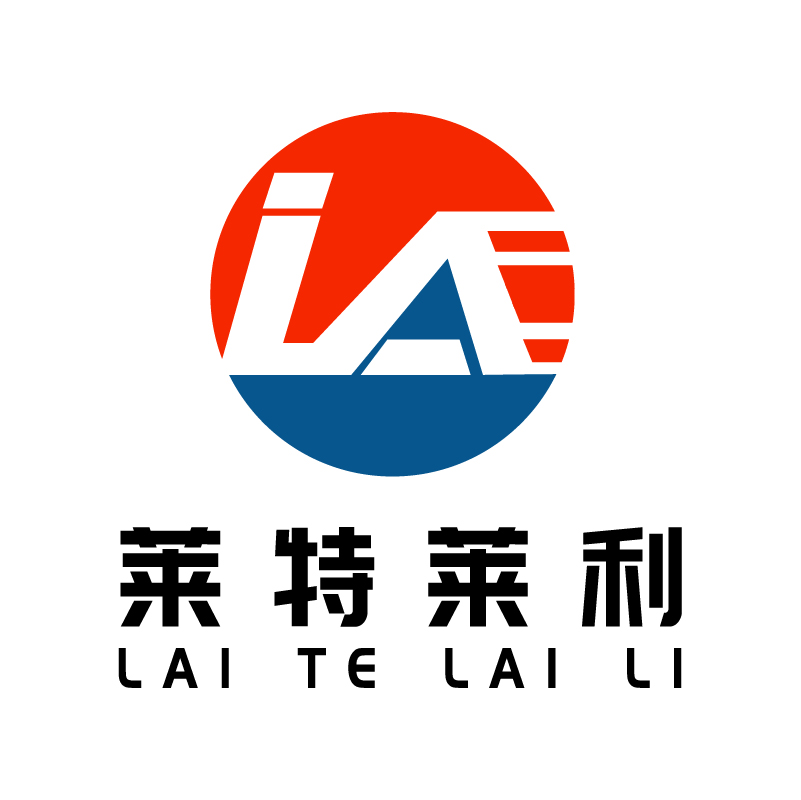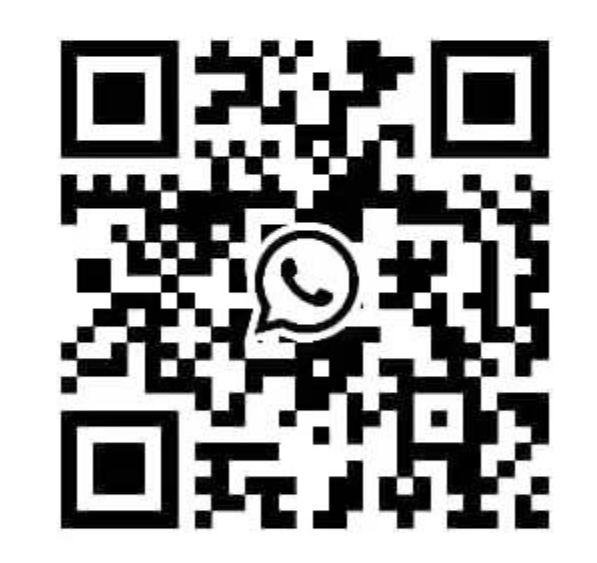What do you need to pay attention to when designing color label paper patterns?
When designing a color label paper pattern, you need to pay attention to the following aspects to ensure that the designed label is both beautiful and practical:
1. Color selection and management
Color matching: According to the characteristics of the product and brand image, choose the right color matching. Pay attention to the coordination and contrast between colors, and avoid overly cluttered or illegible color combinations.
Color light fastness: Considering that the label may be exposed to sunlight or other light sources for a long time, it is necessary to choose a color with good light fastness to ensure that the color of the label is still bright after long-term use.
Color permeability: Some colors (such as purple) may be highly permeable and easily penetrate into other colors below. It is necessary to pay attention to this point in the design to avoid mutual interference between colors.
2. Fonts and typography
Font selection: Select the appropriate font based on the content and purpose of the label. In general, the font on the label should be concise and clear and easy to read. Avoid fonts that are too fancy or illegible.
Layout: Reasonably arrange the position and size of each element to ensure that the information level is clear and prominent. Take care to maintain appropriate white space and avoid overly crowded or empty layouts.
3. Patterns and images
Pattern design: Pattern design should be consistent with product characteristics and brand image. Creative elements and special processes (such as gold stamping, concave and convex, etc.) can be used to enhance the appeal and uniqueness of the label.
Image clarity: Ensure the clarity and quality of the image. Necessary processing and adjustment of the image should be carried out before printing to avoid blur, distortion and other problems.
4. Printability
Material selection: Select the right type of coated paper according to the actual needs (such as glossy coated paper, matt coated paper, etc.). Considering the ink absorption capacity of coated paper and the influence of surface gloss on printing effect.
Ink selection: Select the type of ink suitable for printing on coated paper. Select the appropriate ink color, viscosity and drying speed according to the design requirements.
Printing process: understand and master the printing process characteristics and technical requirements of coated paper. For example, the printing pressure should not be too large to avoid powder phenomenon; Anti-stick measures should be taken to prevent the back from sticking dirty, etc.
5. Practicality and durability
Information integrity: Ensure that the label contains all necessary information such as product name, specifications, production date, shelf life, etc. This information should be accurate and easily legible.
Durability: Considering the various environmental factors that the label may face (such as humidity, temperature, friction, etc.), it is necessary to ensure that the label has a certain durability. For example, you can choose ink and paper materials that are resistant to water, wear and chemical substances.
6. Regulations and standards
Compliance with regulations: Ensure label design meets the requirements of relevant regulations and standards. For example, food packaging labels need to comply with food safety regulations on the content, format and location of the label.
In summary, when designing color label paper patterns, it is necessary to pay attention to many aspects such as color selection and management, font and layout, pattern and image, printability, practicality and durability, and regulations and standards. Through comprehensive consideration of these factors, we can design both beautiful and practical color label paper pattern.


